A stolen passport and all my money taken at midnight at Paris’s Gare du Nord railway station. A kindly stranger, French police, a gorgeous blonde diplomat (think of him as a Hemsworth look-a-like) in an open-top Mercedes driving me down the Champs-Élysées the next morning. And the rest? Well, the rest is censored.
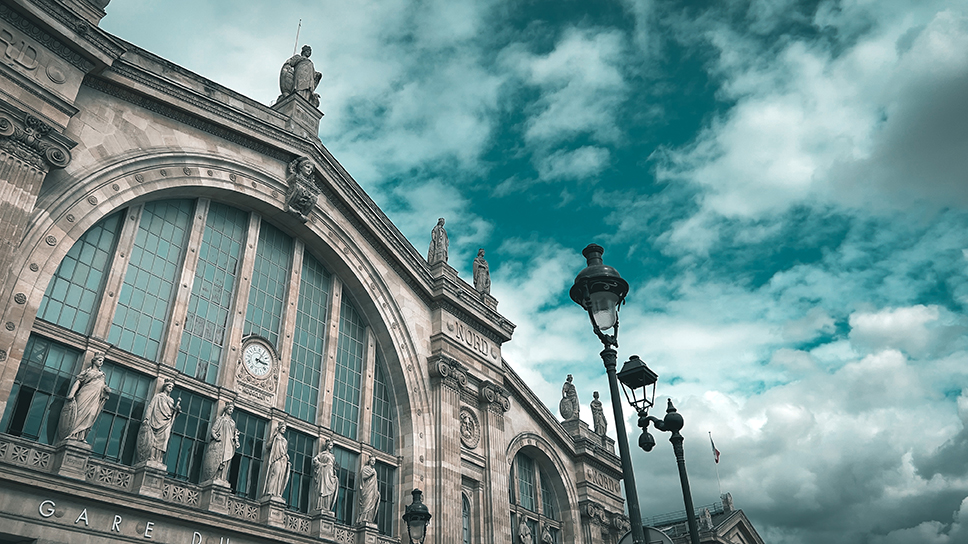
Got your attention? That’s the thing about good copy. It doesn’t need to promise what it can’t deliver—it just needs to make you lean in. The diplomat dropped me at my hotel, I flew home with my emergency passport, and nothing remotely scandalous happened. But you wanted to know where the story was going, didn’t you? That’s the hook working exactly as it should.
Fast forward quite a few years and I’m back in Europe with my husband (just as gorgeous as the said diplomat, for the record) and our daughters, taking a once-in-a-lifetime trip through the bits of the continent that remind you why people have been writing about them for centuries. This time I kept hold of my passport. I still collected stories.
Because that’s what every copywriter knows, whether we’re on deadline or on holiday: there’s always a story, even in the seemingly mundane. Especially in the seemingly mundane.
London gave us 19,000 steps on the first day
and a masterclass in layered storytelling.
Walking through the city, towering glass skyscrapers dwarf tiny medieval churches squeezed between them like footnotes in a financial report. Every street name is a breadcrumb trail—Pudding Lane where the Great Fire started in 1666, Tweezer’s Lane named for the 13th-century blacksmiths who worked there, holding hot metal with their tools. I found myself mentally filing these details the way I’d bookmark good headlines: specific, evocative, impossible to fake.
Down by the Thames, people were crouched on the so-called beaches at low tide, hunting for Roman coins and centuries-old glass. Even the debris tells a story if you know how to look at it. That’s the copywriter’s trick too—finding what’s valuable in what everyone else walks past.
We ate at a wine bar called Rewined near Waterloo Station, which felt almost too on-the-nose for someone whose job involves constant editing and revision. In Holland Park, we wandered through the ruins of a house bombed in the war and rebuilt. Battersea Power Station, now a gleaming mall, survived the Blitz because German bombers used it as a landmark. Even destruction has its purpose, its place in the narrative.
Onto Paris where it was hot, expensive, and friendlier than I remembered.
Eurostar delivered us into the city mid-demonstration, protesters filling the streets with the kind of passionate conviction that makes for either excellent or terrible copy, depending on your brand values. The Eiffel Tower still does what it’s always done—dominate the skyline and justify every cliché ever written about it. Some things earn their status through sheer presence.
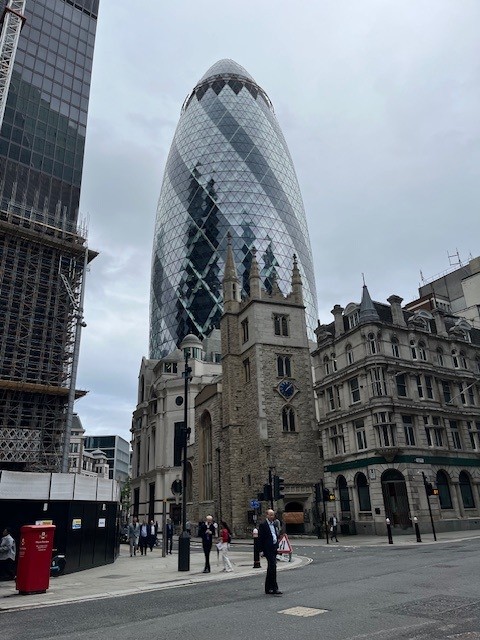
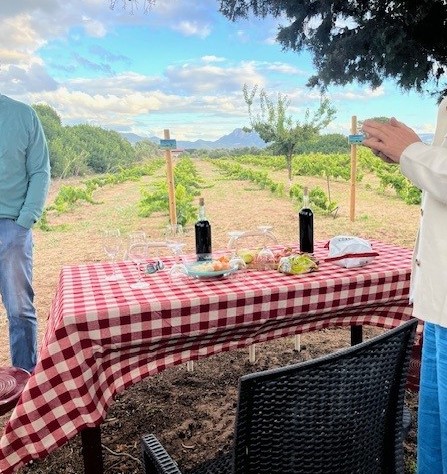
Italy taught us what every menu already knows.
When you’re confident in what you’re selling, you don’t need filler. Wonderful pistachio pastries, Campari at ten euros a bottle, terrible drivers on worse roads. In rural Tuscany and Sardinia, everyone has their own little plot with a few grape vines, making wine that never sees a bottle or a marketing budget. It simply exists for Sunday lunch and summer evenings. Not everything needs to be optimised or scaled.
We visited Poggio Torselli, a 600-year-old wine and olive estate once owned by the Machiavelli family, left to crumble into ivy and weeds until someone saw what it could be again in 1999. They renovated the villa, replanted the vineyards, cleared the olive groves. It’s the kind of transformation story that makes for excellent brand narrative—heritage meets vision, decay becomes renewal, and yes, the wine tastes better when you know the backstory.
Our Italian friend taught us three essential words: ‘comunque’ (whatever), ‘boh’ (don’t know), and ‘allora’ (well, so). Italians start every sentence with ‘allora’, the same way weak copy starts every sentence with ‘very’ or ‘really’. One is charming vernacular. The other is just filler.
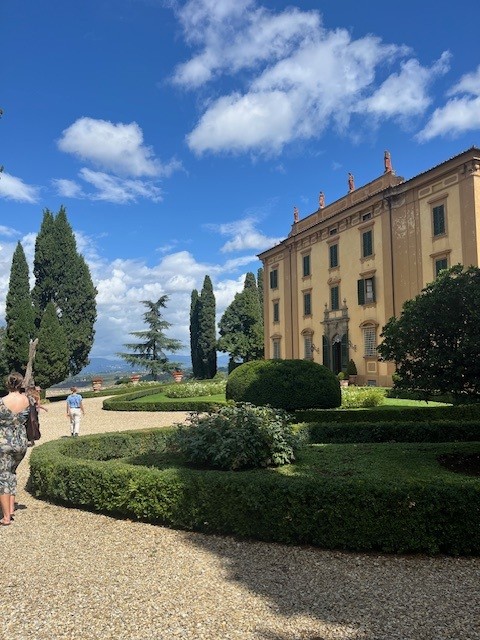
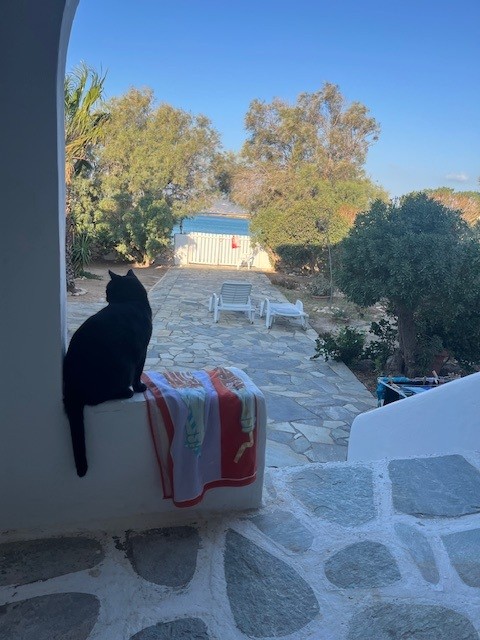
Greece delivered everything it promised—blue skies, clear seas, white-and-blue houses, luscious tomatoes and feta. The biggest daily decision was whether to eat or swim first, and whether the stray cats would judge our lunch choices. It was Greece doing what Greece does best: being exactly what you hoped for without trying too hard. That’s the most difficult thing to achieve in copy—looking effortless whilst being utterly intentional.
I came home with a full camera roll, a great tan, and notebooks filled with details I’ll probably never use but needed to capture anyway. Every lost suitcase (yes that did happen!), every wrongly translated menu, every conversation with strangers who didn’t quite understand our accents—all of it goes into the mental file marked ‘useful later’.
Because whether you’re catching a train in a foreign city or crafting a brand story, the best work always starts with curiosity and ends with clarity. And sometimes, just sometimes, with a hot diplomat in a Mercedes. Even if nothing happened.
